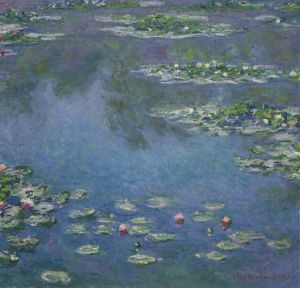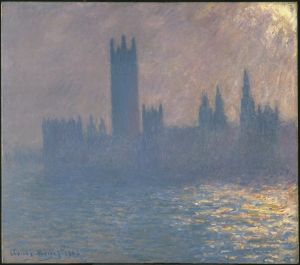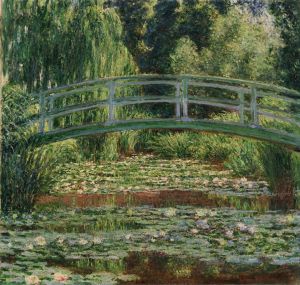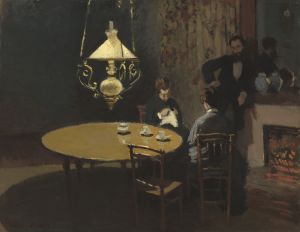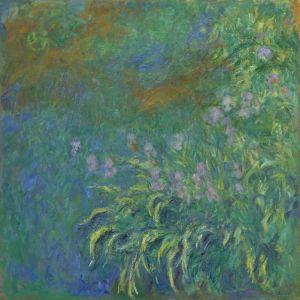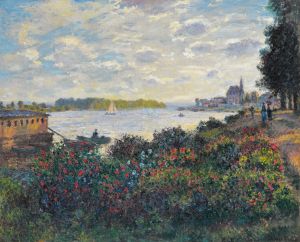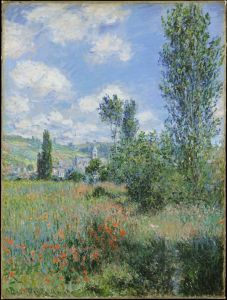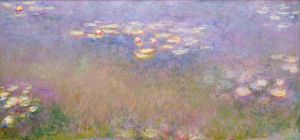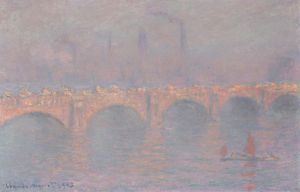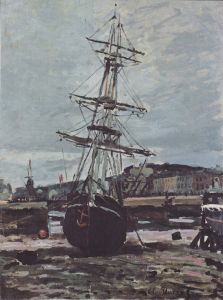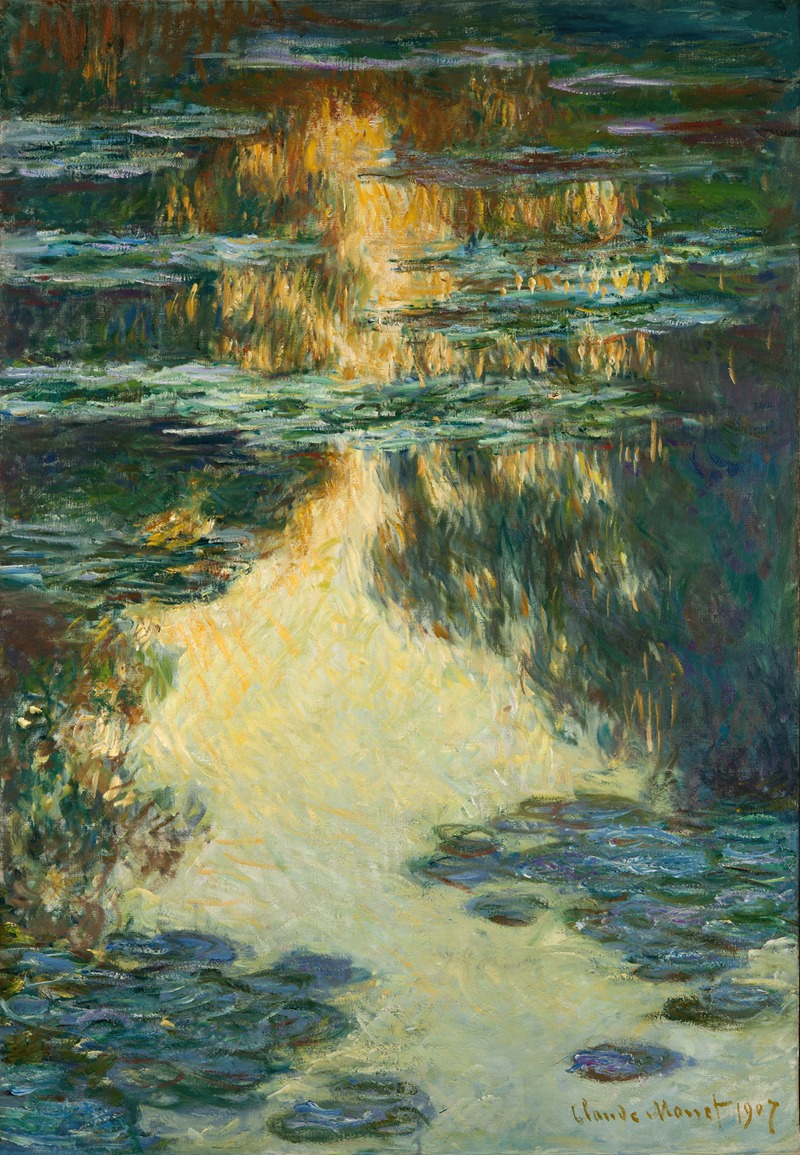
Water Lilies
A hand-painted replica of Claude Monet’s masterpiece Water Lilies, meticulously crafted by professional artists to capture the true essence of the original. Each piece is created with museum-quality canvas and rare mineral pigments, carefully painted by experienced artists with delicate brushstrokes and rich, layered colors to perfectly recreate the texture of the original artwork. Unlike machine-printed reproductions, this hand-painted version brings the painting to life, infused with the artist’s emotions and skill in every stroke. Whether for personal collection or home decoration, it instantly elevates the artistic atmosphere of any space.
Claude Monet's "Water Lilies" is a renowned series of approximately 250 oil paintings created by the French Impressionist artist between 1897 and 1926. These works depict Monet's flower garden at his home in Giverny, specifically the water lily pond that he cultivated and transformed into a central subject of his artistic exploration. The series is celebrated for its innovative approach to light, color, and reflection, which exemplifies the Impressionist movement's focus on capturing fleeting moments and the effects of natural light.
Monet's water lily pond was an artificial feature that he designed and maintained, drawing inspiration from Japanese gardens. He planted water lilies and constructed a Japanese-style footbridge, elements that frequently appear in his paintings. The pond became a source of endless fascination for Monet, and he painted it under varying conditions of light, weather, and season. The resulting works are characterized by their vibrant colors, fluid brushstrokes, and abstract qualities, which often blur the distinction between water, sky, and vegetation.
The "Water Lilies" series includes both smaller canvases and monumental panels. Among the most famous are the large-scale works that Monet began in the later years of his life, some of which were intended to be displayed as immersive installations. These panels, measuring several meters in width, were designed to envelop viewers in the serene and meditative atmosphere of the pond. In 1922, Monet donated eight of these large panels to the French government, and they were installed in two oval rooms at the Musée de l'Orangerie in Paris, where they remain on permanent display.
Monet continued to work on the "Water Lilies" series despite suffering from cataracts in his later years, which affected his vision and may have influenced the increasingly abstract quality of his paintings. After undergoing surgery to improve his eyesight, he revisited some of his earlier works and made adjustments to them.
The "Water Lilies" series is widely regarded as a masterpiece of Impressionist art and a precursor to modern abstract painting. It has inspired countless artists and continues to captivate audiences worldwide. Monet's ability to convey the ephemeral beauty of nature and his innovative techniques have secured his place as one of the most influential artists in the history of Western art.





